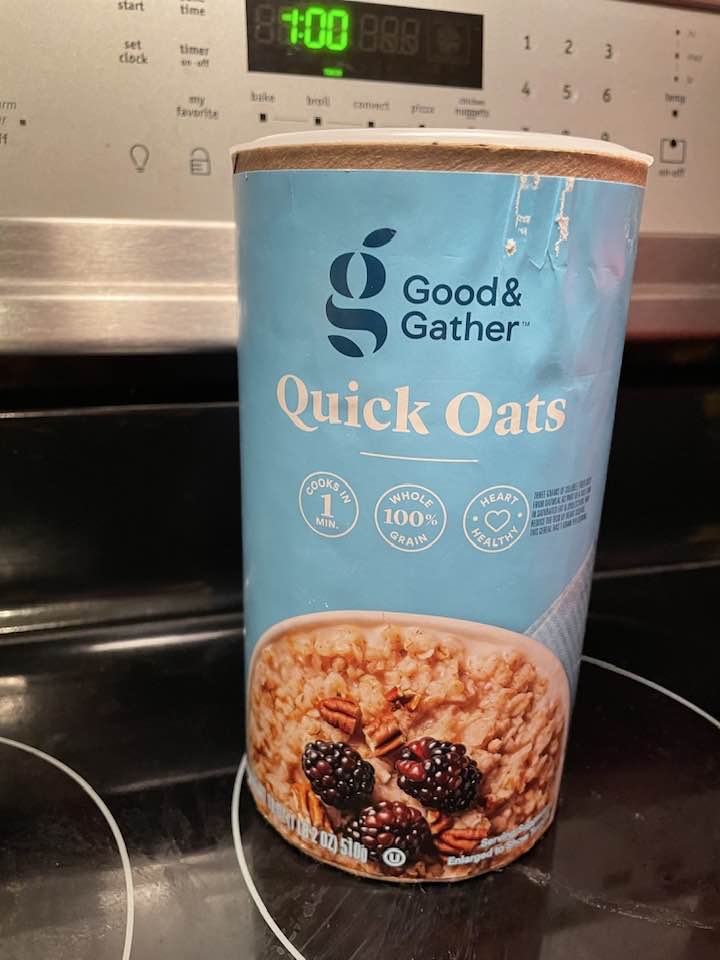NOVEMBER 14, 2022 – We’ve long been graced with Miracle Whip—for 90 years, to be exact, since the cheaper alternative to mayonnaise made its debut at the Century of Progress World’s Fair in Chicago in 1933. When I was a kid, Miracle Whip was a staple in our pantry. A coordinate miracle, I discovered, was a peanut butter and Miracle Whip sandwich, which debuted in my school lunch box in 1963. Miracle Whip also appeared atop our grandmother Nilsson’s carrot-gelatin-on-lettuce salad that she served with her (very) formal Sunday dinners.
Having been weaned on Miracle Whip, I was put-off, ironically, by the higher-end—and less oily—mayonnaise that was dolloped out during our bi-annual trips to the grand old New Jersey home of our other grandparents. My preference for Miracle Whip over mayonnaise paralleled a deeper irony.
Though our mayonnaise grandparents came from established, educated families that could trace their American lineage to the 1620s and 30s, our Miracle Whip grandparents came from agricultural, immigrant stock, with little in the way of formal education. Yet, despite tragic and hardscrabble circumstances in his early youth and little formal education beyond elementary school, our Miracle Whip grandfather became a professional violinist who wore tails to his gigs and was a dapper dresser—at least when sitting for a group photo with his scores of violin students. Our Miracle Whip grandmother, who’d known only rustic, Swedish provincial life and language when she landed in New York, found initial work as a cook’s assistant for a Yale English professor—where she learned to speak and write the King’s English. Later, following the footsteps of friends and relatives from Sweden, she ventured west, where she landed domestic jobs with fancy families in Minneapolis. As a result, she learned the ways of the wealthy—sartorial elegance, refined social etiquette and . . . appreciation for the fine arts.
Consequently, as a kid, I associated our Miracle Whip grandparents with high culture and refinement and thought of our mayonnaise grandparents as “lower class,” since they had little time for Mozart or Monet—despite their higher-crust social and economic standing. From an early age, I found myself sizing up people not by the size of their homes—or whether they served mayo or Miracle Whip—but whether their homes contained art, books, and music.
All of which leads me to my memory of a miracle greater than Miracle Whip: one-minute instant oatmeal. This was a breakfast staple at Björnholm, the Northwoods Shangri-La of our Miracle Whip grandparents. Every morning, our grandmother—the former cook’s assistant—produced magnificent, multi-course breakfasts, always launched with instant oatmeal served in a china bowl.
Lately, I’ve returned to this miracle meal—one-minute oatmeal—supplemented with a sliced banana, one-third cup of frozen wild-blueberries, one-quarter cup of walnuts, a teaspoon of honey, a dash of cinnamon, and a tablespoon of flavored kefir. Every morning as I stir the pot—one eye on the oats et cetera, the other on the clock—I delight in recalling our Miracle Whip grandmother, as she stood at her wood-burning stove . . . stirring elegantly, miraculously, one-minute instant oatmeal.
(Remember to subscribe to this blog and receive notifications of new posts by email.)
© 2022 by Eric Nilsson
